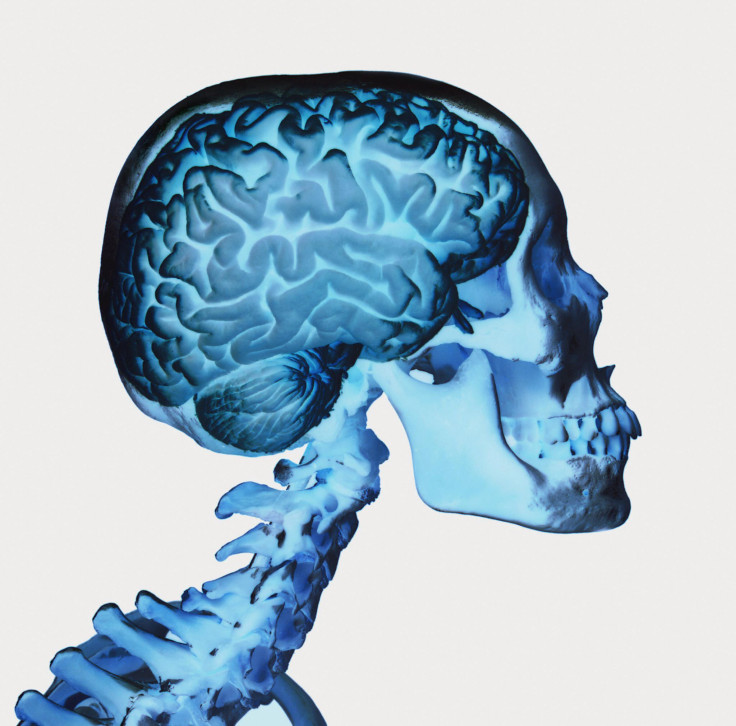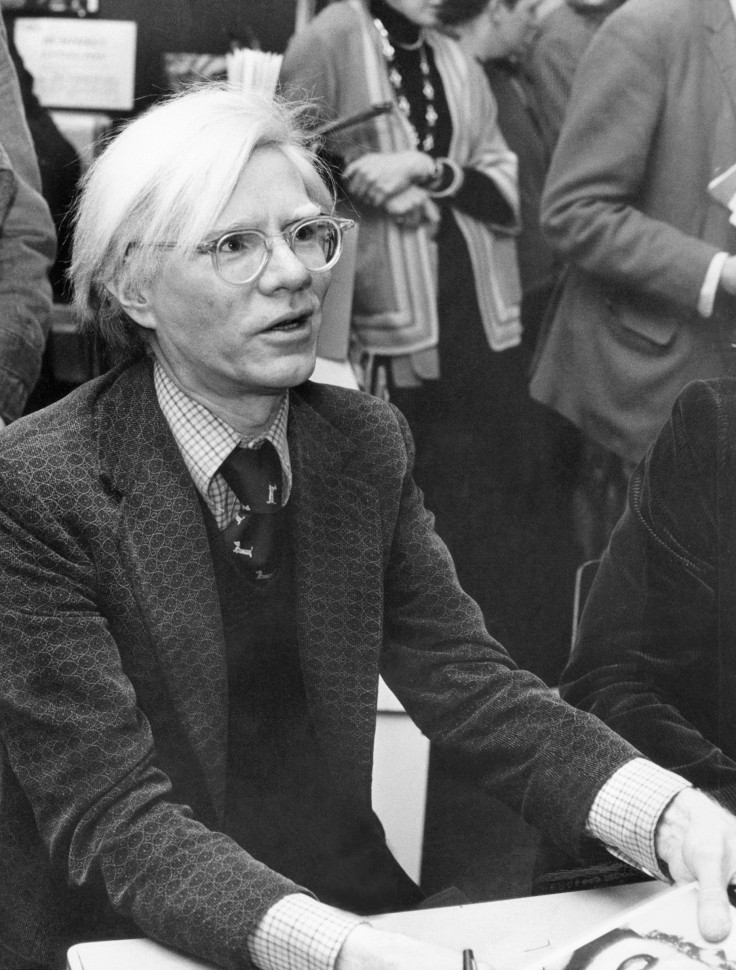Bill Cosby And Quaaludes: History, Science, Uses And Effects Of The Drug At The Center Of Comedian's Rape Allegations

"Quaaludes" has been the word on everyone's lips amid the investigation into Bill Cosby's alleged spate of rapes in the 1970s and 1980s. But because the party drug of the disco age -- also called "ludes," "furies," and "disco biscuits" -- has been off the market for 30 years, many people today may be uncertain about what it is.
Dozens of women have come forward claiming that Bill Cosby raped them by drugging them. But despite the recent revelation from a 2005 deposition that Cosby said he provided drugs to women before having sex with them decades ago, he has never admitted to sexual assault. In an era before date rape drugs like roofies (Rohypnol) existed, Cosby's drug of choice to give women was quaaludes. He obtained seven prescriptions for the powerful sedative from a celebrity gynecologist named Leroy Amar, the Washington Post reported Thursday. Due to its frequent misuse, the drug was taken off the market, leading one to wonder today: What exactly were quaaludes and how did they work?
A Brief History
Methaqualone was first developed in 1955 in an Indian lab by chemists who were trying to create an anti-malarial pill. The drug they created did nothing to fight malaria, but it was found to be an excellent sedative and was subsequently manufactured widely in the U.S. starting in the 1950s under the trademarked name Quaalude. Widely popular by 1965, quaaludes had a reputation for being prescribed to unhappy housewives and, according to the Paris Review, the name is a play on the phrase "quiet interlude."

By the '70s and '80s, quaaludes had become known as a party drug, and were used throughout nightclubs and discos in the U.S. "To stay home feeling ecstatic was one thing, but imagine being out! Music! Lights! Sweaty, writhing bodies! Of course quaaludes were at the center of the seventies disco movement," Angela Serratore wrote for the Paris Review.
Lawmakers and doctors were well aware of the drug's misuse and in 1984 the Senate approved a ban on quaaludes. The legislation classified the drug under the same umbrella as heroin and cocaine, even though it had proper medical uses. The drug has continued to be used as a legal sedative in India and South Africa, though under different names.
Uses And Effects
Quaaludes were used as a sedative for anxiety and sometimes as a sleeping pill. The drug relaxes the body and slows the heart rate. If the user stays awake while on quaaludes the drug can cause feelings of euphoria. The effects of quaaludes can last up to eight hours.

Side effects include dizziness, vomiting and fatigue. Quaaludes are similar to other sleeping pills classified as barbiturates because they depress the central nervous system and have a similar effect on the body. They can also make someone feel disoriented, and many of the women accusing Bill Cosby have mentioned having that same experience shortly before and after the alleged rapes took place.
The Science Behind Quaaludes
Quaaludes, like other more common sedatives such as alcohol, bind to gamma-aminobutyric acid receptors in the central nervous system and then cause an increase in inhibitory signals in the brain. The inhibitory effect means that synapses in the brain are slower and less likely to fire, which translates to a more general slowing-down of the body's functioning (hence sleepiness).
Other Public Figures Who Loved Their 'Ludes

Film director Roman Polanski was accused of giving quaaludes to a 13-year-old girl and then sexually assaulting her at a party in 1977. Jordan Belfort, a stockbroker and real-life inspiration for the Martin Scorsese film, "The Wolf of Wall Street," took the drug constantly during the 1980s. Artist Andy Warhol wrote in his diary about his frequent quaalude use at nightclubs such as Studio 54.
© Copyright IBTimes 2024. All rights reserved.






















